-
Corvallis Science & Nature: Winter Wildlife Field Days
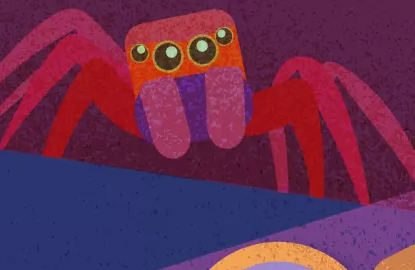
It started to feel less like late winter and more like early spring this past week, with daffodils blooming yellow all around town. The first bright orange rufous hummingbirds of the year were recorded in both Linn and Benton counties, along with sightings of swallows arriving for the spring. Even though the temperatures will dip…
-
University of Mississippi Professor Featured in ‘Best American Science and Nature Writing’

Vanessa Gregory’s account of firefly hunters enchants readers, editors An article by Vanessa Gregory, associate professor of journalism at the University of Mississippi, has been chosen for inclusion in the 2023 edition of “The Best American Science and Nature Writing” (HarperCollins). This prestigious anthology is a collection of top science articles published in the United States, and…
-
Adding scientific signs to Indian Sign Language will create a more inclusive field for deaf students
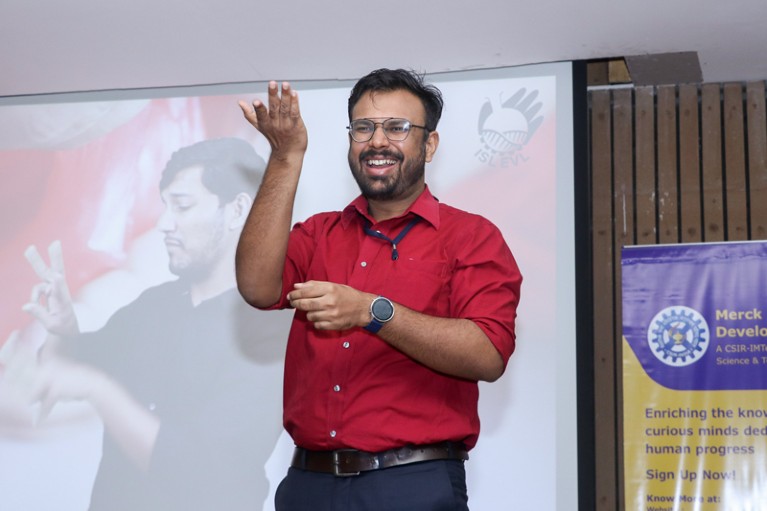
Digvijay Singh, a sign-language educator, says that there are not enough scientific terms in Indian Sign Language. Credit: CSIR IMTECH Sign language in science The lack of scientific terms and vocabulary in many of the world’s sign languages can make science education and research careers inaccessible for deaf people and those with hearing loss. Meet…
-
Is ChatGPT making scientists hyper-productive? The highs and lows of using AI

In a 2023 Nature survey of scientists, 30% said that they had used generative AI tools to help write manuscripts. Credit: Nicolas Maeterlinck/Belga MAG/AFP via Getty ChatGPT continues to steal the spotlight, more than a year after its public debut. The artificial intelligence (AI) chatbot was released as a free-to-use tool in November 2022 by…
-
India must pour more money into science
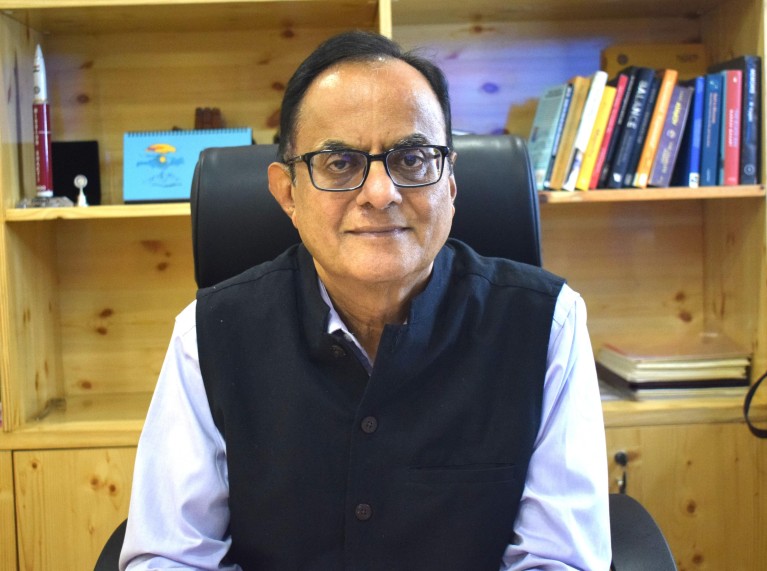
Ajay Sood. Credit: PSA office Nature India: Is India spending enough on scientific research? Ajay Sood: We have witnessed consistent growth in India’s overall science and technology (S&T) spending. However, in terms of international comparability we are stagnant at 0.7% of GERD to GDP ratio. This clearly indicates that we need to increase our budgetary…
-
‘Epigenetic’ editing cuts cholesterol in mice
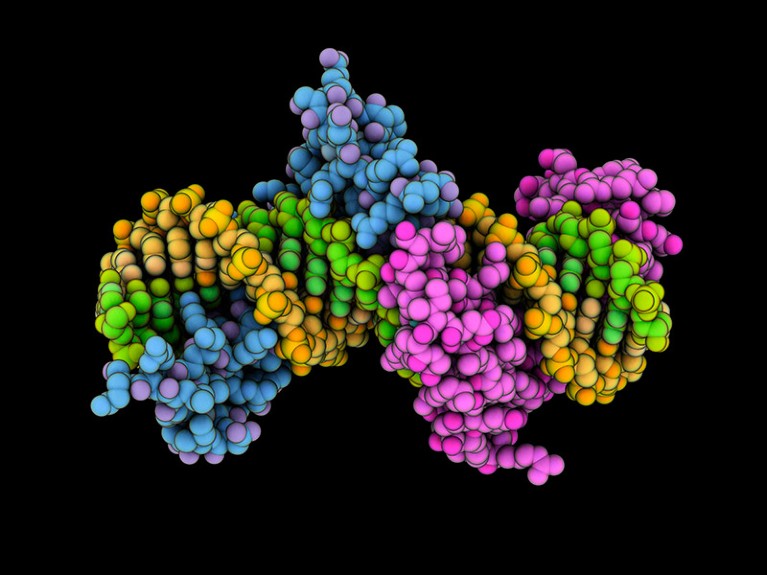
A zinc-finger protein (blue and magenta; artificially coloured) in complex with DNA (yellow and green).Credit: Laguna Design/SPL An alternative to genome editing can reduce the activity of a gene that affects cholesterol levels without changing the DNA sequence — and does so for an extended period, according to a study1 in mice. Scientists achieved this…
-
Shaping a sustainably desirable world

Tech Eden may seem antinomic the way technology has been demonized as one of the contributors to the destruction of nature’s state as an idyllic paradise, but at the recent Maison & Objet show in Paris, this was the chosen inspirational theme for the year. Subtitled “A New Natural Awakening,” it explores the profound evolution…
-
Businesses to Adopt Science-Based Targets for Nature Conservation
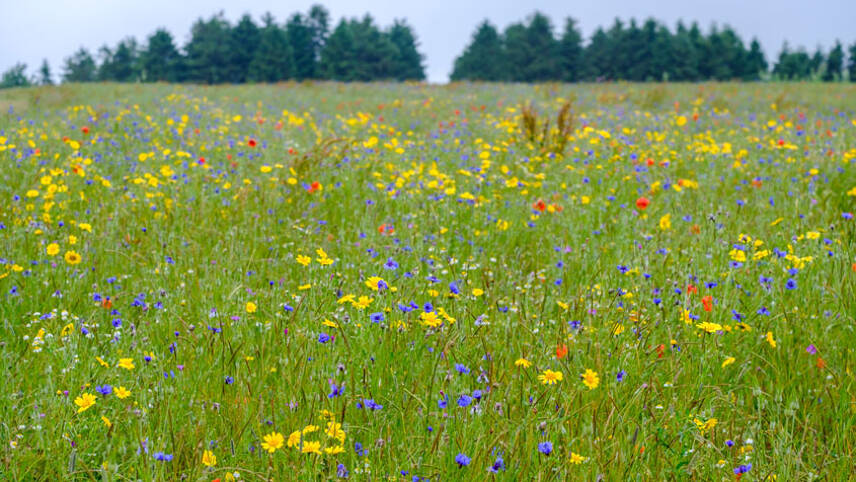
Last year, the SBTN launched a global initiative aimed at helping companies evaluate their environmental footprints and explore scientific strategies to mitigate them. As part of this initiative, a pilot programme was initiated with a group of companies commencing testing in the previous year. This year, the programme has been joined by a new cohort…
-
How I made my lab meetings more inclusive with a rapid-relay technique
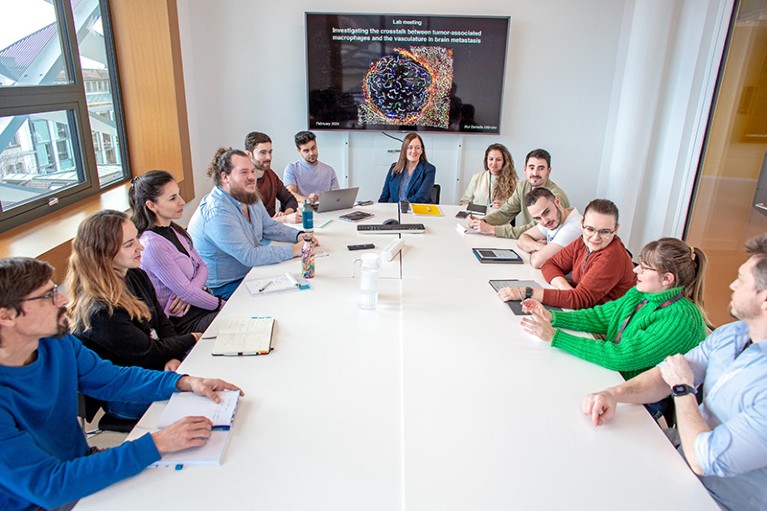
Johanna Joyce and her lab members during the flashlight part of their group meeting.Credit: Spencer S. Watson In the scientific world, where the focus is on data and results, it’s easy to overlook the human aspect — the team dynamics that are crucial for a thriving research environment. In my laboratory at the University of…
-
How phase separation is revolutionizing biology
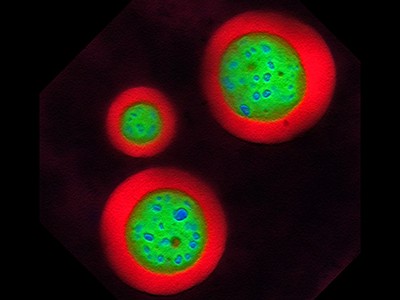
The cells glow green under the high-powered microscope, each bedazzled with a constellation of luminous proteins and RNA that, like oil droplets in water, have huddled together through a process known as phase separation. A foundational concept in the fields of engineering, chemistry and physics, phase separation — the mechanism by which complex mixtures segregate…